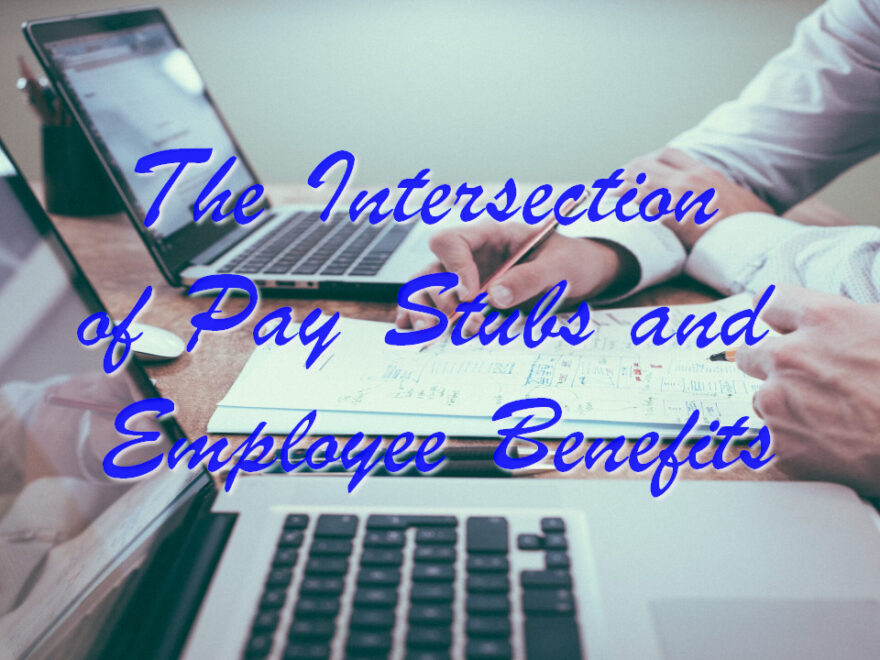In today’s dynamic and competitive job market, businesses are constantly seeking ways to attract and retain top talent. One critical aspect that plays a pivotal role in this endeavor is the careful management of pay stubs and employee benefits. These two elements of an employee’s compensation package are intricately linked and hold the power to influence job satisfaction, financial well-being, and overall employee engagement. The intersection of pay stubs and employee benefits creates a comprehensive picture of an employee’s compensation, ensuring not only accurate and transparent payment but also showcasing the value a company places on its workforce.
Transparency and Clarity: The Role of Pay Stubs

Pay stubs are detailed documents that provide a breakdown of an employee’s earnings and deductions for a specific pay period (employees can also get pay stubs online). They offer a transparent view of how an employee’s gross salary is calculated, including base pay, overtime, commissions, and any other forms of compensation. Clear and comprehensible pay stubs instill trust and confidence in employees, as they can verify that they are being compensated accurately for their work. This transparency fosters a sense of fairness, which contributes to positive workplace morale and overall job satisfaction.
A Holistic Compensation Picture: Combining Pay and Benefits
Employee benefits encompass a wide range of offerings, from health insurance and retirement plans to wellness programs and flexible work arrangements. When integrated with pay stubs, these benefits create a comprehensive view of an employee’s total compensation. This holistic approach highlights the full value of the compensation package, often exceeding the apparent monetary component. For example, a company’s contributions to an employee’s retirement fund might not be immediately evident from the base pay, but when presented alongside the pay stub, it becomes evident that the company is invested in the employee’s long-term financial security.
Employee Well-being and Engagement: Impact of Benefits

Employee benefits are more than just additional perks; they have a profound impact on employee well-being and engagement. Health insurance, for instance, provides employees with access to medical care, reducing financial stress during health crises. Similarly, wellness programs contribute to a healthier workforce, leading to improved productivity and lower absenteeism. When these benefits are linked with pay stubs, employees recognize the tangible value that the company places on their overall quality of life, fostering a sense of belonging and dedication.
Compliance and Legalities: Ensuring Accuracy
Accurate pay stubs are crucial not only for employee morale but also for legal compliance. Many countries and regions have strict regulations regarding what information must be included on pay stubs, such as tax withholdings, deductions, and other financial details. Integrating benefits information with pay stubs ensures that employees receive a comprehensive document that adheres to legal requirements. This safeguards both the employee’s rights and the company’s reputation by maintaining transparency and complying with relevant laws.
In conclusion, the intersection of pay stubs and employee benefits forms a vital nexus within the realm of compensation management. By integrating these two aspects, companies create a complete and transparent picture of an employee’s compensation, showcasing not only monetary value but also the company’s commitment to their well-being and growth. Transparent pay stubs instill trust and confidence, while employee benefits contribute to overall well-being and engagement. This comprehensive approach serves to attract, retain, and motivate top talent, ultimately bolstering a company’s success in a competitive job market. As businesses continue to recognize the significance of this intersection, the trend towards a more integrated and holistic compensation approach is likely to persist, enhancing both employee satisfaction and organizational performance.

